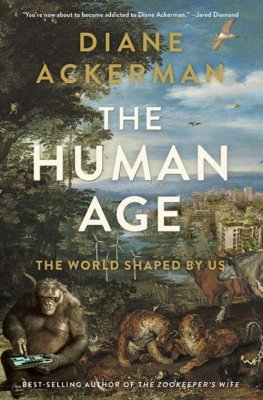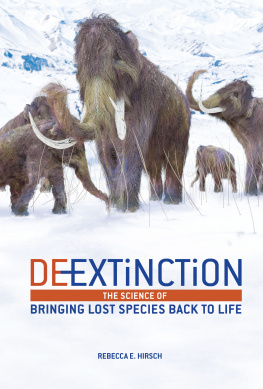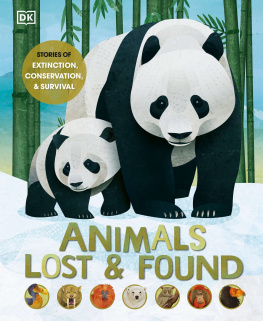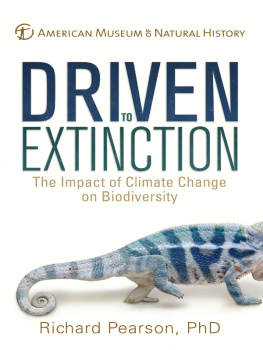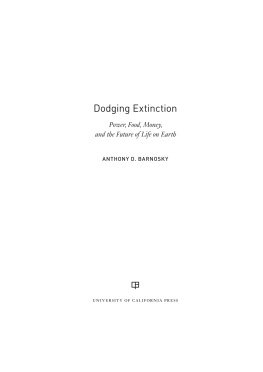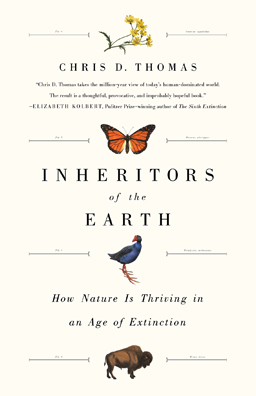Copyright Chris D. Thomas, 2017
Hachette Book Group supports the right to free expression and the value of copyright. The purpose of copyright is to encourage writers and artists to produce the creative works that enrich our culture.
The scanning, uploading, and distribution of this book without permission is a theft of the authors intellectual property. If you would like permission to use material from the book (other than for review purposes), please contact permissions@hbgusa.com. Thank you for your support of the authors rights.
PublicAffairs
Hachette Book Group
1290 Avenue of the Americas, New York, NY 10104
www.publicaffairsbooks.com
@Public_Affairs
First published in 2017 by ALLEN LANE.
First United States Edition: March 2017
Published by PublicAffairs, an imprint of Perseus Books, LLC, a subsidiary of Hachette Book Group, Inc.
Typeset by Jouve (UK), Milton Keynes
The Hachette Speakers Bureau provides a wide range of authors for speaking events. To find out more, go to www.hachettespeakersbureau.com or call (866) 376-6591.
The publisher is not responsible for websites (or their content) that are not owned by the publisher.
Library of Congress Control Number: 2017941303
ISBNs: 978-1-61039-727-8 (hardcover), 978-1-61039-728-5 (ebook)
E3-20170811-JV-PC
For Rose, Alice, Lucy, Jack and Helen
The Vale of York is a landscape of ecological despair. Billowing clouds emerge as condensation from the cooling towers of distant power stations and then rise above the plain. Fields of wheat, barley and oilseed rape disappear towards its flat horizons. Ploughs and combine-harvesters trundle where brown bears once snuffled through primeval forests and wild cattle wallowed in peaty swamps. It is one of the most intensively farmed parts of England, and England is one of the most densely populated countries in Europe.
Yet when I survey this landscape from my study window, I see a green world punctuated by scarlet specks of poppy flowers swaying in the breeze. Coppery pheasants are strutting in search of fallen seeds, dowdy field voles are scurrying back and forth below tussocks of grass, and camouflaged greenfly are jostling for position as they suck juices from the veins of young leaves. Their enemies are on the prowl too. Rufous foxes are sniffing out a pheasant meal, hovering kestrels are watchful for the slightest movement of a vole, and dangerous harlequin ladybird beetles are laying waste to the greenfly. Lines of helmet-sized molehills hint at the life below ground, where microbes and fungi decompose fallen leaves and velvety moles consume gritty worms. A water vole is burrowing through a mat of pigmyweed in the pond.
The apparently denuded vale is full of species, and many are world travellers. The harlequin ladybirds originated in Asia; the small-leaved pigmyweed in Tasmania; poppies came as contaminants of grain from continental Europe; and kestrels arrived under their own volition, able to catch their rodent prey once the forest was cleared. In contrast, the tunnelling moles have survived generations of tumult as the ancient forest was converted into farmland; now they burrow beneath road verges and grassy lawns. Although these players and the scenery of lifes gamethe species and habitatshave changed on account of the presence of humans, the basics of biology remain. Regardless of their origins, the plants growing in the fields, roadsides, ditches, hedgerows, gardens and scattered copses still capture energy from the sun and convert it into leaves, rendering the world green; animals consume plants and their seeds and in turn are killed and eaten by other animals. Decomposing plants, animals and faeces are recycled as nutrients, used by next years growth. The rules of life continue, save Homo sapiens is now a key player.
It is the same elsewhere. Familiar creatures have taken the human-modified Earth by storm, be they talkative yellow-billed Indian myna birds that are now at home in Florida, Japan, Sumatra, Madagascar and Australia, agile mice that started life in Asia and then spread throughout the cities, towns and farmsteads of the world, or Australian wattle trees and previously endangered Californian pines that are growing wild in Africa. They are joined by thousands of other mammals, birds and plants, as well as by microbes, fungi, worms, snails, shrimps, insects, fish, toads and lizards. The trickle of successful species taking advantage of human-created opportunities is becoming a torrent. Seemingly, there are as many winners as losers.
We should certainly mourn the losses. The biological and physical processes of the Earth already bear the indelible signature of humanitythis is why scientists are increasingly referring to the present day as the Anthropocene epoch. We have converted a third of the worlds vegetation to produce our food, leaving a diminishing space for wild plants and animals. We have altered the great chemical cycles of the Earth beyond their historical bounds, acidified the oceans and changed the climate of the entire planet, threatening any species that cannot adjust. Our ancestors hunted most of the largest land animals to extinction, and we exterminated others by transporting voracious predators and virulent diseases to remote islands. Of those that survive, 13 per cent of bird species, 26 per cent of mammals, 31 per cent of cacti, 33 per cent of reef-forming corals and 42 per cent of amphibians are threatened in some way. A mass extinction is in full swing, and prognoses for the future seem dire. For these reasons, we have gone so far as to describe ourselves as the scourge of the Earth, and as exceeding our planetary boundaries.
On the other hand, we are still surrounded by large numbers of species, many of which appear to be benefitting from our presence. If some species are declining but others are thriving in this human-altered world, is the prognosis really as bad as the doom-laden message of biological decline? It is important to recognize the ways our actions threaten the Earth, of course, and I will highlight many losses that have already taken place and continue to this day. However, in many respects, nature is coping surprisingly well in the human era. We should not ignore the gain side of the great biological equation of life.
It is vital that we take a broad view, considering all the evidence, if we are to draw conclusions that run somewhat counter to the paradigm of biological decline that predominates among ecologists, environmentalists and conservationists. So, in this book, we will embark on a round-the-world tour of the planets diverse continents and far-flung islands, visiting locations where my research has taken me over the past several decades. (I refer to changes in the oceans only in passing, in the interests of keeping this volume to a manageable length and because it is not my area of expertise.) Our journey will take in tick- and leech-filled tropical forests, bone-cold high mountains, oceanic archipelagos overrun by foreign species and landscapes devoted to the production of our food; each with its own separate human history. I also draw on insights from a wider scientific literature, based on research that has been carried out in a broader range of locations across the Earth. This is important because we live in a globalized world: our greenhouse-gas emissions warm the climate everywhere; we consume food and use timber that may have been grown on the opposite side of our planet; and species are being transported in our wake. We need a truly global perspective to understand the ramifications of our own actions.


